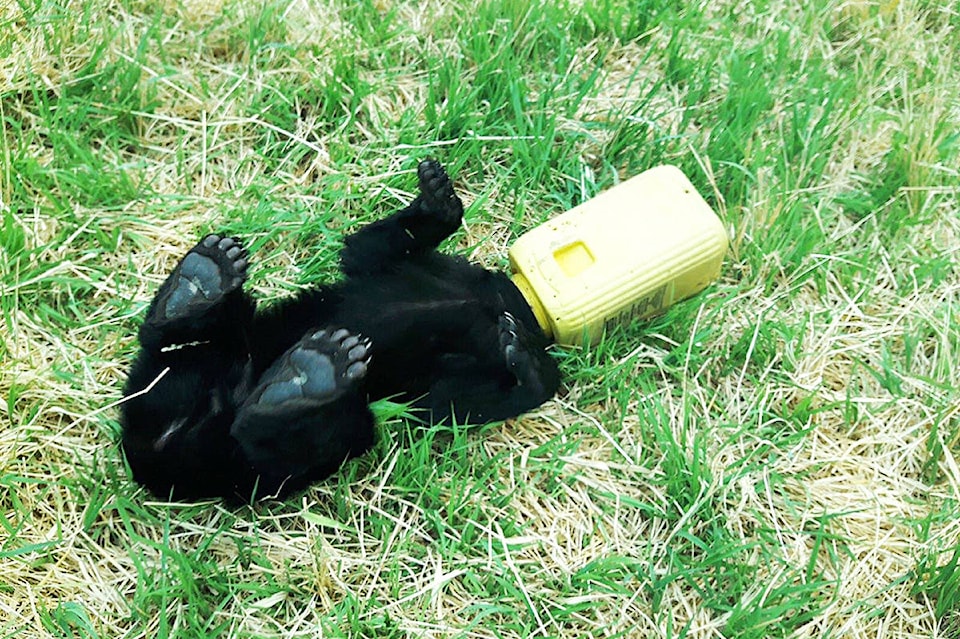The number of human conflicts with wildlife is trending way up, and Conservation Officers are frustrated.
Sgt. Todd Hunter in the Maple Ridge office of the Conservation Officers Service said 25 bears had to be shot in the North Fraser Zone already this year.
“That is aggravating. We all got into this job to protect wildlife,” he said.
The statistics, based on a fiscal year that runs from April to the end of March, show there have already been 5,381 calls about human-wildlife calls aready this year. Last year, there were 5,250 for the entire calendar.
“They are pretty alarming statistics,” said Hunter, and he estimated 90 per cent of those calls involve bears.
He acknowledged the busiest season of spring and summer is already over with, but there are still about four months to go in the “year.”
The North Fraser region that his Maple Ridge-based staff patrols is an area that stretches from the Tri-Cities through Pitt Meadows and Maple Ridge, and all the way to Deroche, just east of Mission.
It is the busiest region in the province. Out of 20 zones, it receives 22 per cent of the calls.
“We’ve got so many people, and a lot of bears.”
The natural habitat is perfect for bears, with a lot of wild berries and rivers for fishing. Add to that the human attractants – farms with planted berries and other crops, and the food sources provided by garbage cans, bird feeders and residential fruit trees, and it’s a recipe for human-bear conflicts.
“We’re stretched with this amount of conflict – we’re stretched to the max,” said Hunter. “We need people to start getting bear aware.”
They promote the Wildsafe BC Bear Aware practices, and want people to do more than just the minimum to try and prevent wildlife conflicts.
Too many people are still leaving easy food sources for bears, such as garbage cans with plastic lids clamped on. They are easy for bears to get into, and once they find an easy food source, they quickly become habituated.
“They’re smart. They learn where a food source is, and then they teach their young.”
Awareness is apparently not improving, and the anecdotal evidence is as startling to conservation officers as the statistics. They recently dealt with a Pitt Meadows family who had a bear breaking into a fridge stored on a porch.
“That’s not a smart bear practice anywhere in B.C.,” said Hunter. “A block away they can probably smell that fridge.”
The home owners insisted on keeping the fridge there, until threatened with enforcement. A conservation officer can issue a dangerous wildlife protection order, and failure to comply will result in a $575 fine.
The also dealt with a farmer who insisted they shoot a family of bears who were getting into his bee hives.
There is much more that could be done. Hunter said there are best practices for bear safe communities, like freezing or washing attractants going into the waste stream, and putting garbage out just before pickup.
“It’s not just garbage, it’s bird feeders too – the bears are still out,” he said.
Bears in this region do not go into hibernation, but rather an in-and-out sleep cycle called torpor, he explained. They will do a sort of mini hibernation, wake to eat, and then take their full bellies back to a den.
“But if there’s an available food source, they may never go in,” he said.
If they are lacking nutrition a bear may also not reach torpor, and garbage bears could be eating too many high calorie/low nutrition foods to have good health.
So unless people get smarter about keeping attractants away from bears, they will be dealing with these issues year-round, and more bears will be killed.
